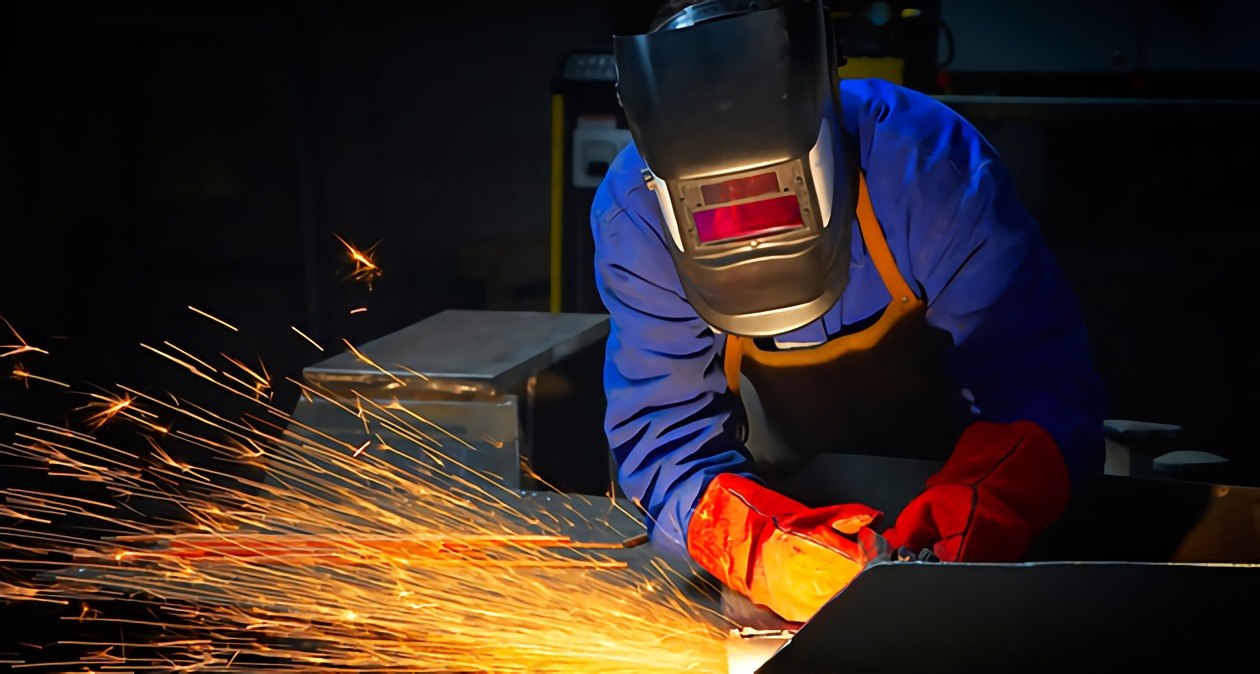TWS is a Great Training Option for Everyone
Learn more about how we can prepare you to advance your career.
The challenges presented by working on different projects can be rewarding for many. There are several avenues open to those who seek increased job variety, more responsibility and higher earnings. Advanced welding career paths in engineering, inspection or robotics typically require additional education and credentials. A welding degree or certification is usually the starting point as welders work their way up the career path.
According to the Bureau of Labor Statistics (BLS), welders with technical training and certifications have more job opportunities and a better chance of advancing in their chosen career path in the welding industry than those who do not. Several different certifications are offered by the American Welding Society (AWS) for advanced welding professions.
Welding Engineers
According to the AWS, a welding engineer is one who is capable of directing all operations involving welding and to ensure that the welds are conducted according to relevant codes and contracts. The engineer’s job begins before production and continues throughout the welding process until production has been completed.
An applicant may become a certified welding engineer by successfully completing a four-part test offered by the AWS. Welding training from a technical school helps technicians gain the necessary skills, knowledge and experience as a welder before embarking on a career path as a welding engineer. Welding engineers need to complete a four-year bachelor’s degree program to enter the field. In some cases, they might even need a master’s degree.
Have You Considered a Career in the Skilled Trades?
Fill out the form to recieve a no obligation info packet.
Welding Inspectors
Welding inspectors oversee the work of welders to verify that the work meets the specifications of the designated job. Inspectors are necessary for ensuring that buildings, bridges and other structures are safe. They perform visual inspections, including the use of magnification, to confirm that there are no pits or cracks in the weld. They also test the welds by subjecting them to stress.
Although no degree is required, welders with associate degrees in welding have a better chance at securing a welding inspector job. TWS offers an Associate’s degree in Occupational Studies that prepares welders for becoming certified welding inspectors (CWI). After six years of experience as a CWI, a welder can become a senior certified welding inspector.
Robotic Welding Technicians and Engineers
The job of a robotic engineer is somewhat complex and begins with designing and creating programs for robots through testing, implementation and troubleshooting. Engineers oversee the fabrication of the robots. Robotic technicians, on the other hand, act as support personnel to engineers and build, install, repair and maintain the robots. They provide service for the robots as long as the robots are in use.
Engineers have a bachelor’s or master’s degree, while technicians have an associate’s degree or a certificate. Aspiring robotic engineers learn how to construct robotic devices that can be used for different purposes, including manufacturing and welding. Most robotic engineering programs involve education in electrical and mechanical engineering, as well as in computer science. Those who wish to become robotic welding technicians are normally required to have training and experience in manual and semi-automatic arc welding, such as fluxcore or SMAW. Therefore, completing a welding training program that covers these methods is a good start. Certification in robotic arc welding is offered by the AWS for welders who have a certain number of years of experience and have received training in robotic arc welding.
This blog has been labeled as archived as it may no longer contain the most up-to-date data. For a list of all current blog posts, please visit our blog homepage at https://www.tws.edu/blog/







